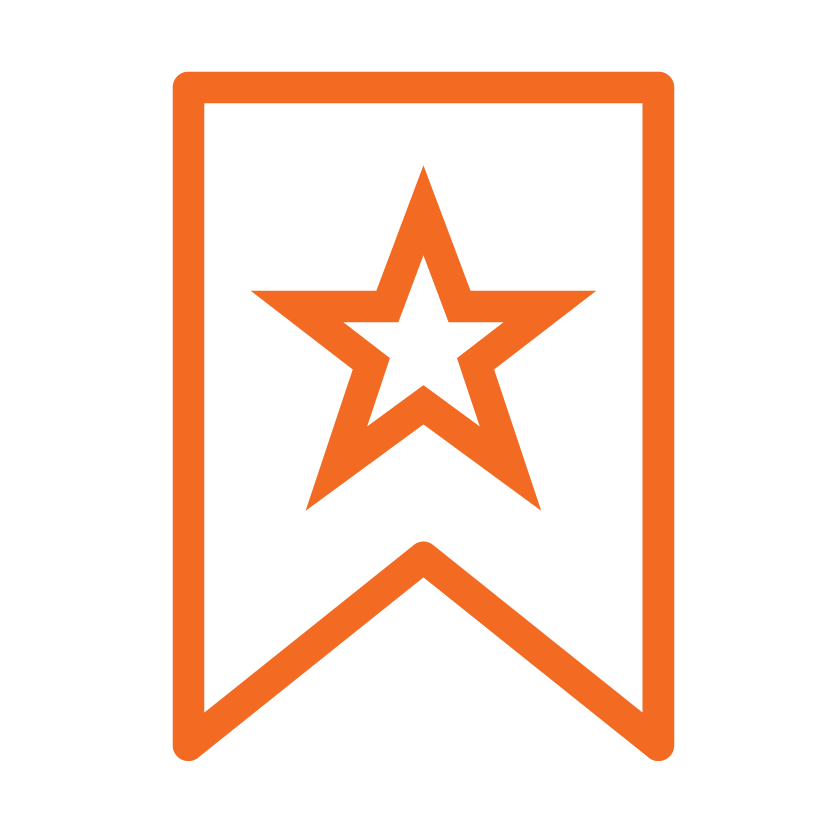
Why STCC?
Our rigorous review process and dedication to patient safety and quality care set us apart.
We author, license, and support telehealth triage guidelines, a decision support tool for telephone care providers. We believe consistent, high quality nurse triage impacts patient safety, clinical quality, and operational efficiency throughout the continuum of care. That is why we create gold-standard nurse triage content to care for patients all over the country and the world. We know that patients seek healthcare advice in many locations, from their primary care provider’s office and local hospitals to their insurer. We endeavor to offer the same well-vetted, consistent answers at every touchpoint through our nurse telehealth triage guidelines.
“Thank you so much for your quick and thoughtful responses to our questions and feedback. As leaders we appreciate it, but more importantly our staff who are our experts, taking call after call in these stressful times, know that they are being listened to.”
Jennifer, RN, HealthPartners
Our Mission
Our founders have dedicated the last 30 years to creating outstanding nurse telehealth triage content. Today, our mission remains to provide the highest quality clinical content for telephone triage and advice in the world; to update and expand the clinical content on an annual basis, based upon recent medical literature, recent national guidelines, quality improvement projects, research, expert reviews and feedback from users; and to provide ongoing support to the nurse managers and medical directors of all call centers that use our content.
What Drives Our Guidelines
Consistency
Evidence-based, current content at every care point.
Efficiency
Structured to support time-efficient nurse triage calls.
Quality
Reliable quality from a rigorous test, review, and update process.
Safety
Everything we do supports the Quadruple Aim and patient safety.
About Our Annual Content Update Process
The Schmitt-Thompson clinical content is reviewed and updated annually. Our update process ensures that our guidelines are current, evidence-based, and compliant with new recommendations from national organizations. Our telehealth nurse triage guidelines are rigorously reviewed by physicians and nurses with experience in telephone triage. The Pediatric and Adult Review Panels are comprised of triage nurses, specialty nurses, call center medical directors, primary care physicians, emergency medicine physicians and physician specialists.
The 3 R’s of Clinical Content Development
The physician authors and the Review Panel follow the three R’s of clinical content development.
REVIEWED
The guidelines have been reviewed by over 200 clinically active physicians in primary care and emergency medicine, physician specialists, call center nurse managers, and call center medical directors. All new guidelines and any guidelines with significant changes are subjected to and benefit from the combined review and input of the STCC editorial teams and external clinician experts.
REFERENCED
The guidelines are updated yearly and referenced to the current medical literature.
RESEARCHED
Published, peer-reviewed articles show consistent quality of call management using the STCC guidelines. Call center process and quality improvement outcome studies (unpublished research) are also used to update the clinical content annually.
The Quadruple Aim
The Triple Aim is a framework developed by the Institute for Healthcare Improvement that describes an approach to optimizing health system performance. [1] [2] The three dimensions of the Triple Aim are:
Improving the patient experience of care (including quality and satisfaction)
Improving the health outcomes of populations
Reducing the per capita cost of health care.
The STCC triage guidelines are developed and updated in adherence to the Quadruple Aim.[3] While, the Triple Aim focuses on patients, the Quadruple Aim adds the goal of improving the work lives of clinical staff. STCC triage guidelines are designed to serve as a decision support tool for telehealth nurses, providing helpful guidance and health information to improve nurse efficiency and confidence during telehealth patient encounters.
Better Patient Experience
Improving the patient experience of care (including quality and satisfaction)
Lower Costs
Reducing the per capita cost of health care
Better Outcomes
Improving the health of populations
Better Clinician Experience
Improving the work lives and performance of triage nurses
[1] Berwick DM, Nolan TW, Whittington J. The triple aim: care, health, and cost. Health Aff (Millwood). 2008;27(3):759‐769.
[2] Triple Aim. IHI. http://www.ihi.org/engage/initiatives/TripleAim/Pages/default.aspx
[3] Bodenheimer T, Sinsky C. From triple to quadruple aim: care of the patient requires care of the provider. Ann Fam Med. 2014;12(6):573‐576.
Levels of Evidence
STCC strives to use an evidence-based approach to developing and updating the clinical content. The STCC Clinical Editorial Team utilize a standardized hierarchy for evaluating the quality of the evidence and deciding how to best apply this information in a practical manner.
Evaluating research quality is a challenging task. Often published research-based evidence is lacking or missing. It is important to “balance evidence-based practice with practice-based medicine”, while considering patient preferences.
Results from data science, testing, and quality improvement activities should be an integrated part of clinical content development activities.
New Guideline Development
New guideline development follows an 11-step process.
Annual Review Process for Existing Guidelines
The Schmitt-Thompson clinical content has an ongoing quality assurance program that results in continual improvement.
We work to improve the guidelines with input from users, statistical evidence (research), medical evidence (literature review), and feedback from a broad panel of reviewers.
A typical annual content review process may include the following sources:
Feedback from users is essential to the continual improvement of our guidelines. We have many call centers in the US and Canada that provide STCC with annual feedback. We take all observations and feedback seriously, respond in detail and incorporate needed universal changes into the guidelines.
Review of medical journals for articles that pertain to existing guidelines. Research findings that would improve the guideline content are incorporated.
Search for new or updated national guidelines that pertain to existing guidelines. Recommendations that would improve the guideline content are incorporated.
Continual review of targeted guidelines by the adult and pediatric editorial teams.
Formal quality improvement or outcome study data from call centers. The following are 3 examples of call reviews from various call centers:
Chart Documentation or Audio Review of calls with the same presenting chief complaint.
Chart Documentation or Audio Review of calls with the same disposition.
Chart Documentation or Audio Review of calls with the same triage question.
Review of selected guidelines by Adult and Pediatric Review Panels.
Reviews of selected guidelines by Expert Reviewers from related specialty.
Quantitative benchmarking analysis of dispositions for a sample of 5 million calls from 13 Medical Call Centers.
“Sykes Assistance Services has had a close working relationship with Schmitt and Thompson over the last 10 years serving a population of over 14.5 million. We have found the guidelines to be consistently effective and efficient in promoting positive patient outcomes. The authors offer exceptional support and guidance and work closely with their clients to promote continuous improvement.”
Melissa Masson RN BScN CCP MN, Clinical Practice Manager, Sykes Assistance Services Corporation
















